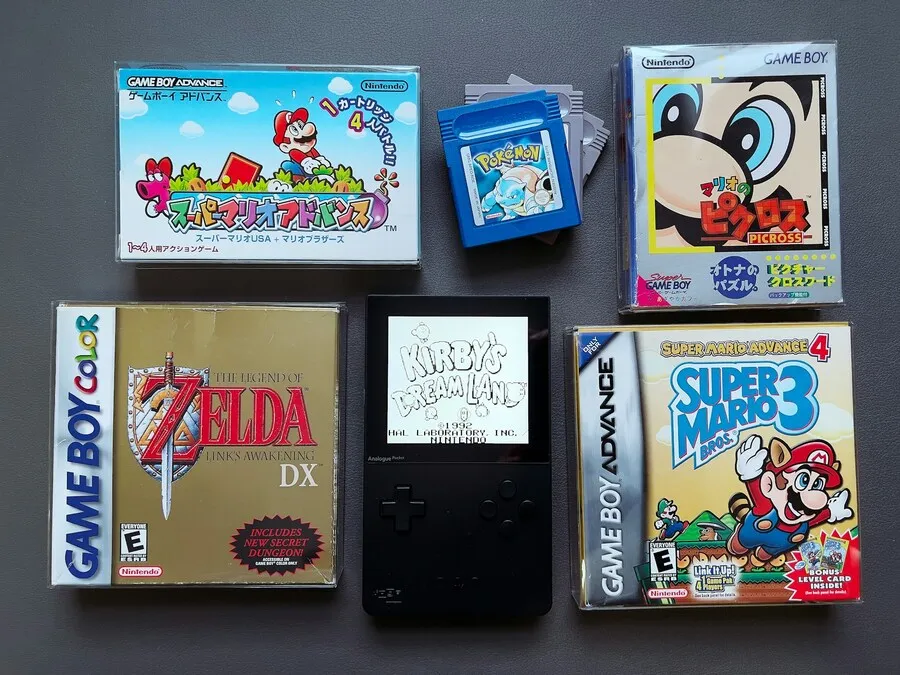Pop music is a genre of popular music distinguished from classical or art music and from folk music . The term indicates specific stylistic traits, but the genre also includes artists working in many styles such as rock, hip hop, rhythm and blues (R&B), and country, making it a flexible category. The expression “pop music” may also be used to refer to particular subgenres (within the pop music genre) that are in some cases referred to as soft rock and pop/rock.
Characteristics as a subgenre
Pop “is designed to appeal to everyone” and “doesn’t come from any particular place or mark off any particular taste.” In musical terms, it is essentially “conservative” in that it attempts to resonate with a large segment of its target demographic rather than pushing artistic boundaries. It is “provided from on high (by record companies, radio programmers and concert promoters) rather than being made from below…” (Frith 2001, p.95-96). But over time, pop has gone from “popular in general” to “a genre” described as sounding musically similar to rap, but with singing. This is due to radio stations labeling themselves as “pop stations” taking heavy preference over certain sounds, tossing other popular bands who don’t fit into the sound or other categories like rock into the “alternative” label.
Often used to describe the current popular genres of music of any given time, the term “pop” cannot be used describe any one particular style.
History of pop music
1930s and 1940s
Styles influencing the later development of pop include the Blues (Chicago), and Country (Tennessee)
1950s
Early Pop music artists include Bing Crosby, Frank Sinatra, Dean Martin, Bobby Darin, and Peggy Lee, but other artists like Bill Haley and his Comets, Fats Domino and Elvis Presley become popular with the younger generation.
1960s
The decade starts out with such Teen Idols such as, Johnny Tillotson, Bobby Vee, Brian Hyland, Tommy Roe, Gene Pitney, and Frankie Avalon. It explodes midway with Carole King, Neil Diamond, Burt Bacharach, Aretha Franklin, Isley Brothers, Ray Charles, Stevie Wonder, The Supremes, Marvin Gaye, Bob Dylan, and Simon and Garfunkel. It can be said that The Beatles led the British Invasion in this decade.
1970s
A proliferation of new sounds from the disco of the BeeGees, the piano sounds of Billy Joel and Elton John, the country of the Eagles, the rock-influenced pop of artists like Rod Stewart, Steely Dan, and Fleetwood Mac. ABBA was a swedish band who grew to fame after winning Eurovision Song Contest and starting a whole new revolution of pop music.
1980s
Notable highlights for pop music in the 1980s are Michael Jackson’s second Epic label release, Thriller, which went on to become the best-selling album of all time, and Madonna albums “Like a Virgin”, “True Blue”, “Like a Prayer” . Michael Jackson was sometimes referred to as “The King of Pop” and Madonna was named “The Queen of Pop”. Other artists included Michael Bolton, Prince, Janet Jackson, Duran Duran, The Police, ABBA, Cyndi Lauper, Whitney Houston, Phil Collins, Kylie Minogue and Culture Club.
1990s and 21st century
The 1990s and 21st century were marked by a resurgence of boy band and girl group trends. From the UK came the likes of Take That, Blue, the Spice Girls, a highly successful formula. Irish boy bands of the time include Boyzone and Westlife. The US had New Edition, New Kids On The Block followed by the Backstreet Boys, Hanson, girl trio Destiny’s Child and then ‘N Sync and Pop Princesses Willa Ford, Mandy Moore, Britney Spears, Gwen Stefani and Christina Aguilera. Canadian Avril Lavigne became popular with her album Let Go. Australia had Boys from Oz. 1999 saw the rise of the Latin explosion with Ricky Martin at the forefront with his worldwide smash hit “Livin’ La Vida Loca”. Other latin artists to follow were Jennifer Lopez, Shakira, Enrique Iglesias, and Marc Anthony. In 2002, Justin Timberlake had critical and commercial acclaim with his “Justified” album, emerging as the new “Prince of Pop”, Jesse McCartney has emerged from Dream Street as a high-rating singer with songs like She’s No You, Lindsay Lohan and Hilary Duff has become popular in the 2000s. Artists like Mariah Carey, Whitney Houston, Kylie Minogue, Celine Dion, Garth Brooks, Shania Twain and Madonna have also been highly successful. Reality television shows, such as American Idol, begin producing multi-platinum artists like Kelly Clarkson and Clay Aiken. British pop rock groups such as McFly emerge.
Sound and themes
Pop music, in whatever musical influence form it derives from, may be produced by a more basic songwriting approach and arrangement. The emphasis is often on a simpler melody, which makes the songs more memorable, and may use stripped-down rhythms. The combination of the melody and the rhythm allows for harmony to be a driving force of the song. Themes range from personal songs to vivacious party jams. However, the most common theme deals with the wide range of emotions which stem from physical or emotional love.
Music videos and live performances are often used for exposure in the media, and artists may have extravagant stage shows and use choreographed dancing. Many pop tunes are used in both Dance clubs and Sport clubs.
Source by Clarence Harrell












